Indiana Housing and Community Development Authority (IHCDA) Next Home Down Payment Assistance
Indiana Housing and Community Development Authority (IHCDA) Next Home Down Payment Assistance: Your 2024 Playbook
If you dream of owning a house in Indiana but the down payment feels like a mountain, the Indiana Housing and Community Development Authority (IHCDA) Next Home Down Payment Assistance program may be your sherpa. In a single swoop, it can provide up to $6,000 toward your down payment or closing costs. Below, we unpack how it works, who qualifies, and how to snag your slice of Hoosier home-buying help.
Why the Next Home Program Matters in Today’s Market
Interest rates see-saw, listings vanish in hours, and rents resemble a runaway train. That’s not hyperbole—Indiana’s median rent has jumped roughly 20 % since 2020, based on apartment-data aggregates. Against that backdrop, the IHCDA Next Home Program offers a rare safety net:
- Up to $6,000 in down payment assistance (DPA)
- Fixed-rate 30-year first mortgage
- Works with FHA, VA, USDA, and conventional loans
- Available statewide through approved lenders—no county left behind
In short, it shrinks the cash hurdle that keeps many renters on the sidelines.
How Does the IHCDA Next Home Down Payment Assistance Program Work?
The cornerstone of the Indiana Housing and Community Development Authority (IHCDA) Next Home Down Payment Assistance program is a second mortgage—but don’t let that phrase scare you. Think of it as a silent partner:
- The assistance arrives at closing as either 3 % or 4 % of the purchase price, capped at $6,000.
- It carries 0 % interest and no monthly payment.
- You repay the assistance only if you sell, refinance, or move within 30 years. Stay put, and it rides quietly in the background.
That structure blends flexibility—use it for down payment or closing costs—with long-term affordability. Plus, the first mortgage rate is often a notch below market because IHCDA issues tax-exempt mortgage revenue bonds to subsidize it.
Who Is Eligible for the IHCDA Next Home Program in Indiana?
Eligibility is broader than many assume. Yes, it’s branded “Next Home,” yet it welcomes both first-time buyers and repeat purchasers if they plan to live in the property as a primary residence. You’ll need to tick these boxes:
- Credit Score: 640 with FHA/USDA/VA; 680 for conventional loans if debt-to-income (DTI) exceeds 45 %.
- Income Limits: Vary by county and household size. For example, Marion County tops out around $99,000 for a family of three (2024 limits).
- Purchase Price Cap: Generally $481,176 for existing homes; slightly higher for new builds.
- Homebuyer Education: A short, online course from an IHCDA-approved provider.
Most borrowers meet these thresholds with minimal tweaks—often just paying down a credit card to shave DTI.
A Micro-Story: Maria & Derek’s Two-Bedroom Triumph
Maria, a nursing tech, and Derek, a line-cook-turned-chef, earned $78,500 combined—comfortable, yet not enough to sock away $15,000 for a 3.5 % FHA down payment on a $250,000 starter home in Lafayette. Their lender slotted them into the IHCDA Next Home loan. The program delivered $6,000. That covered the entire down payment and half the closing fees. Four months later, they’re not paying rent; they’re grilling ribs in a backyard they own. That tangible shift from renter to owner hinged on one acronym: IHCDA.
Is the IHCDA Next Home Assistance a Grant or a Loan?
The assistance is technically a forgivable second mortgage. No payments, 0 % interest, and it evaporates after 30 years—or sooner if you refinance with another IHCDA product. Therefore, it behaves like a grant as long as you keep the home long-term.
Why structure it this way? IHCDA recycles repayment funds to assist future buyers, creating a self-sustaining pipeline rather than a one-time grant fund that dries up.
How to Apply for Indiana Housing and Community Development Authority (IHCDA) Next Home Down Payment Assistance
There’s no mysterious portal. Instead, follow these four steps:
- Choose an IHCDA-Approved Lender. Over 250 banks, credit unions, and mortgage brokers in Indiana offer the program.
- Get Pre-Qualified. Provide pay stubs, W-2s, and bank statements. Your lender verifies you hit the credit and income marks.
- Complete Homebuyer Education. The course takes two to three hours online and costs about $75; scholarships exist for low-income borrowers.
- Submit the IHCDA Reservation. Once you sign a purchase agreement, your lender “reserves” funds through IHCDA’s online portal. Funds are allocated on a first-come, first-served basis, but the pool typically refreshes monthly through bond sales.
From reservation to closing, expect roughly 30–45 days, depending on appraisal and underwriting turn-times.
What Homes Qualify?
You can finance a single-family house, duplex, or condominium, provided the property passes standard FHA/USDA/VA or conventional guidelines. Manufactured homes fit, too, if they’re permanently affixed and titled as real property—helpful in rural Indiana where land/home packages are common.
Real Numbers: How Much Can $6,000 Change Your Payment?
Let’s run a quick scenario on a $230,000 purchase with 97 % conventional financing:
| Without IHCDA | With IHCDA | |
|---|---|---|
| Down Payment | $6,900 | $900 |
| Closing Costs | $5,000 | $5,000 (partially covered) |
| Cash to Close | $11,900 | $5,900 |
Halving the cash-to-close can shave 14 months off the average Hoosier’s savings timeline, according to internal budgeting analyses from regional banks.
Common Misconceptions Debunked
- “I make too much money.” Income caps rise with household size and county; many six-figure couples still qualify.
- “There won’t be funds left.” IHCDA issues multiple bond tranches yearly. Funds may pause temporarily, but outages rarely exceed two weeks.
- “I must be a first-time buyer.” False. You may own a home now; you just have to occupy the new one and meet other criteria.
FAQ
What credit score do I need for IHCDA Next Home?
A mid-score of 640 works for government-backed loans; 680 may be required if you’re using conventional financing and your debt-to-income ratio exceeds 45 %. Lower DTIs can offset a slightly lower score in some lender overlays.
Can I pair the assistance with an FHA loan?
Yes. FHA pairs seamlessly with the IHCDA down payment help. The $6,000 counts toward your 3.5 % minimum investment and any leftover can offset closing costs.
Do I have to repay the assistance if I sell?
Only if you sell, refinance, or move out within 30 years. Repayment equals the original DPA amount, not its future value, making the cost predictable.
What are the current income limits?
Limits shift annually. As of 2024, they range from roughly $99,000 in Marion County for a three-person household to $93,200 in many rural counties. Your lender will confirm the precise threshold on the date of reservation.
Take the Next Step Toward Homeownership
The road from renter to homeowner is packed with decision points, but funding your down payment shouldn’t be the pothole that pops your tires. Indiana Housing and Community Development Authority (IHCDA) Next Home Down Payment Assistance has already propelled more than 50,000 Hoosiers into their own homes since its inception. If you’re ready to join them, connect with an IHCDA-approved lender today and discover how $6,000 in silent, 0 % financing can put the keys in your hand faster than you thought possible.
Your home search starts now—let’s put your name on the mailbox.
Explore More Blog Posts
Checkout more similar posts those will help you to choose better property.

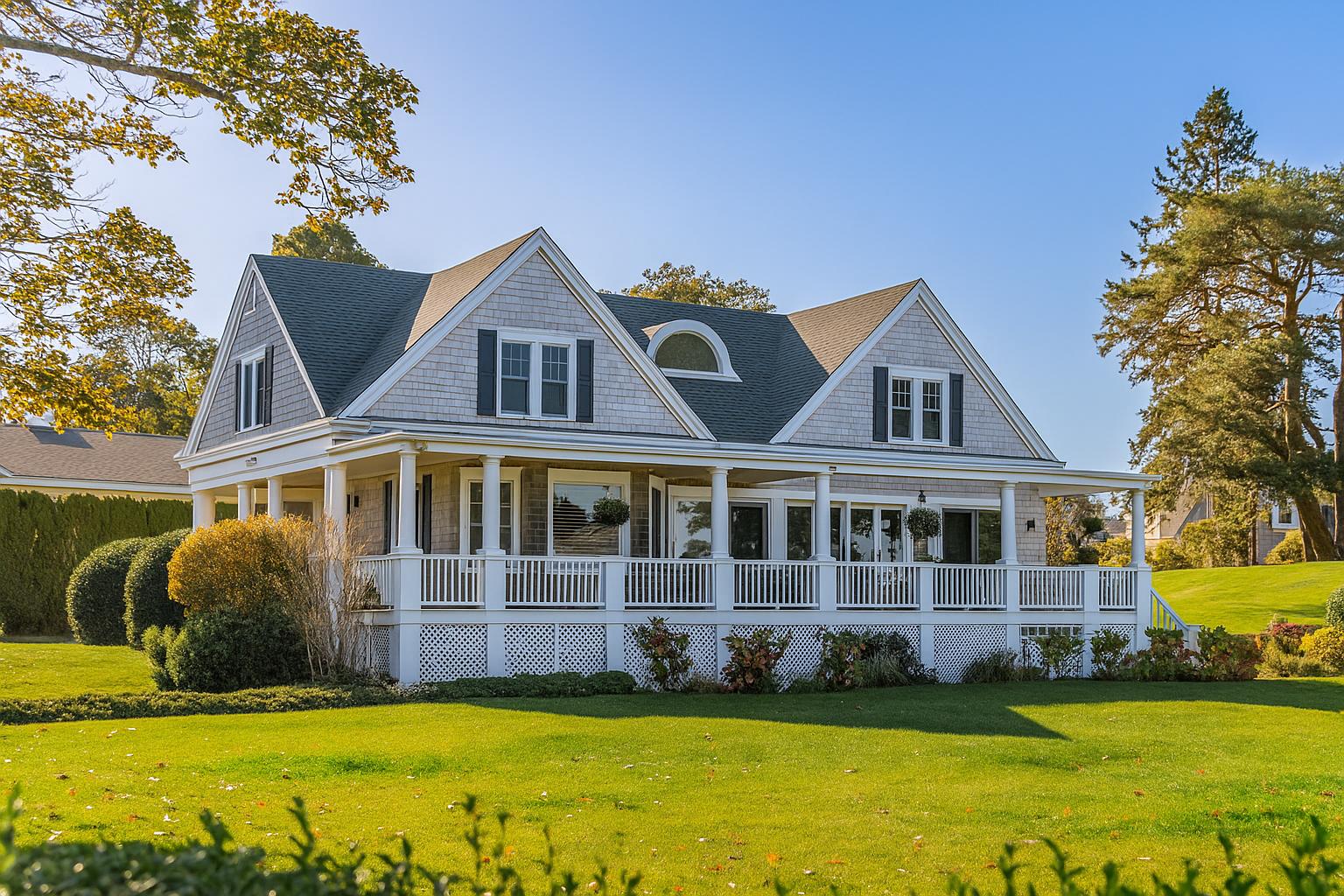
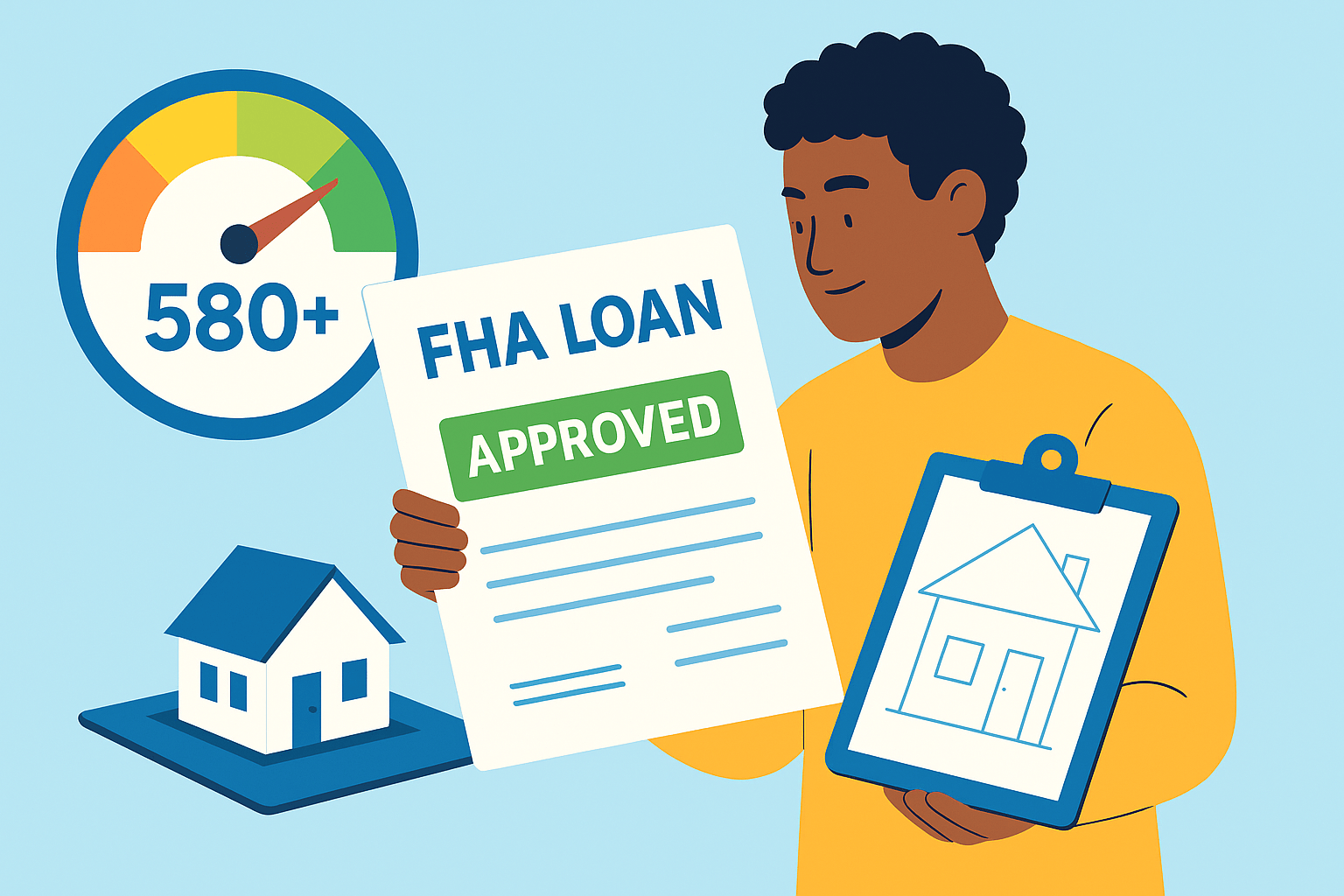
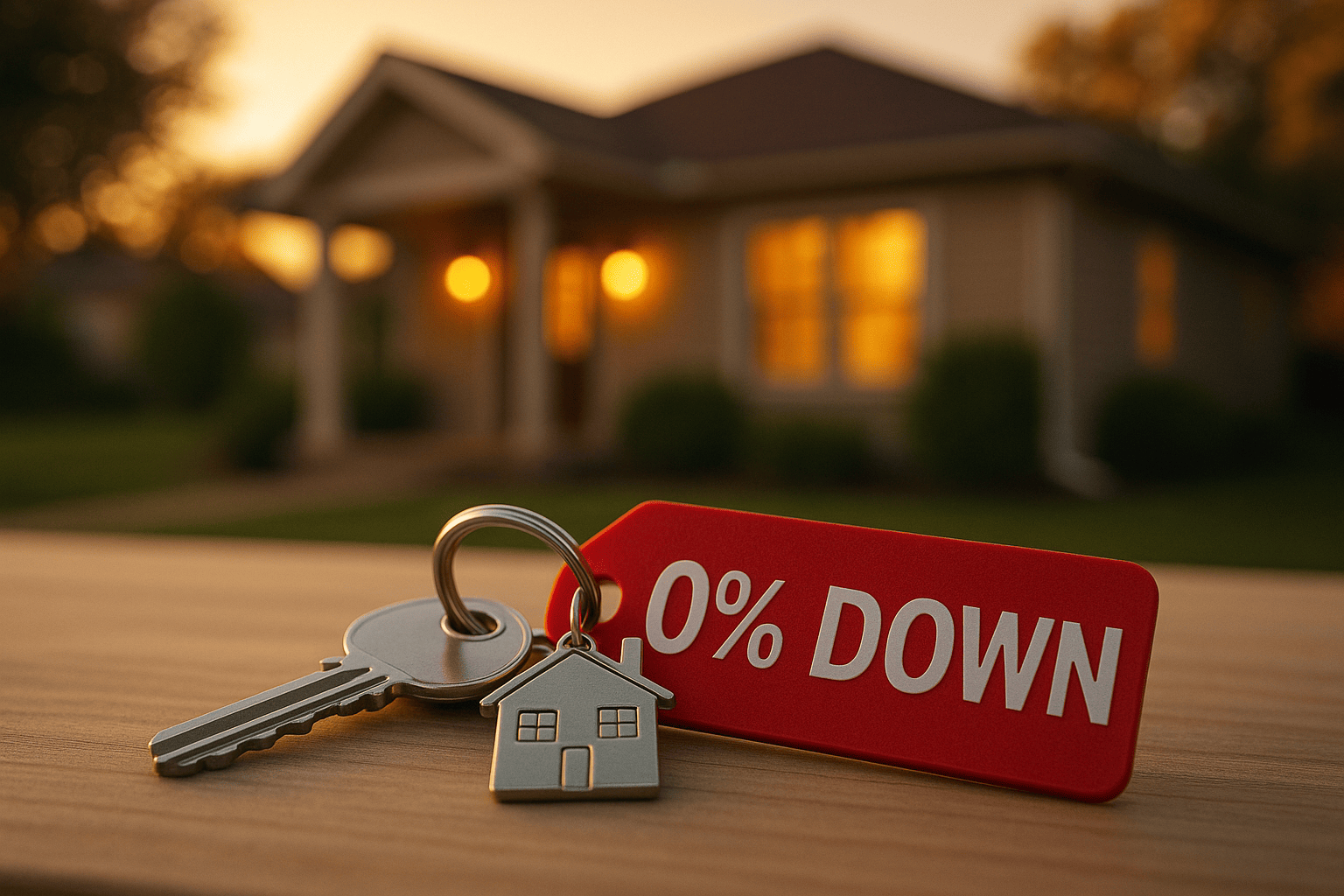
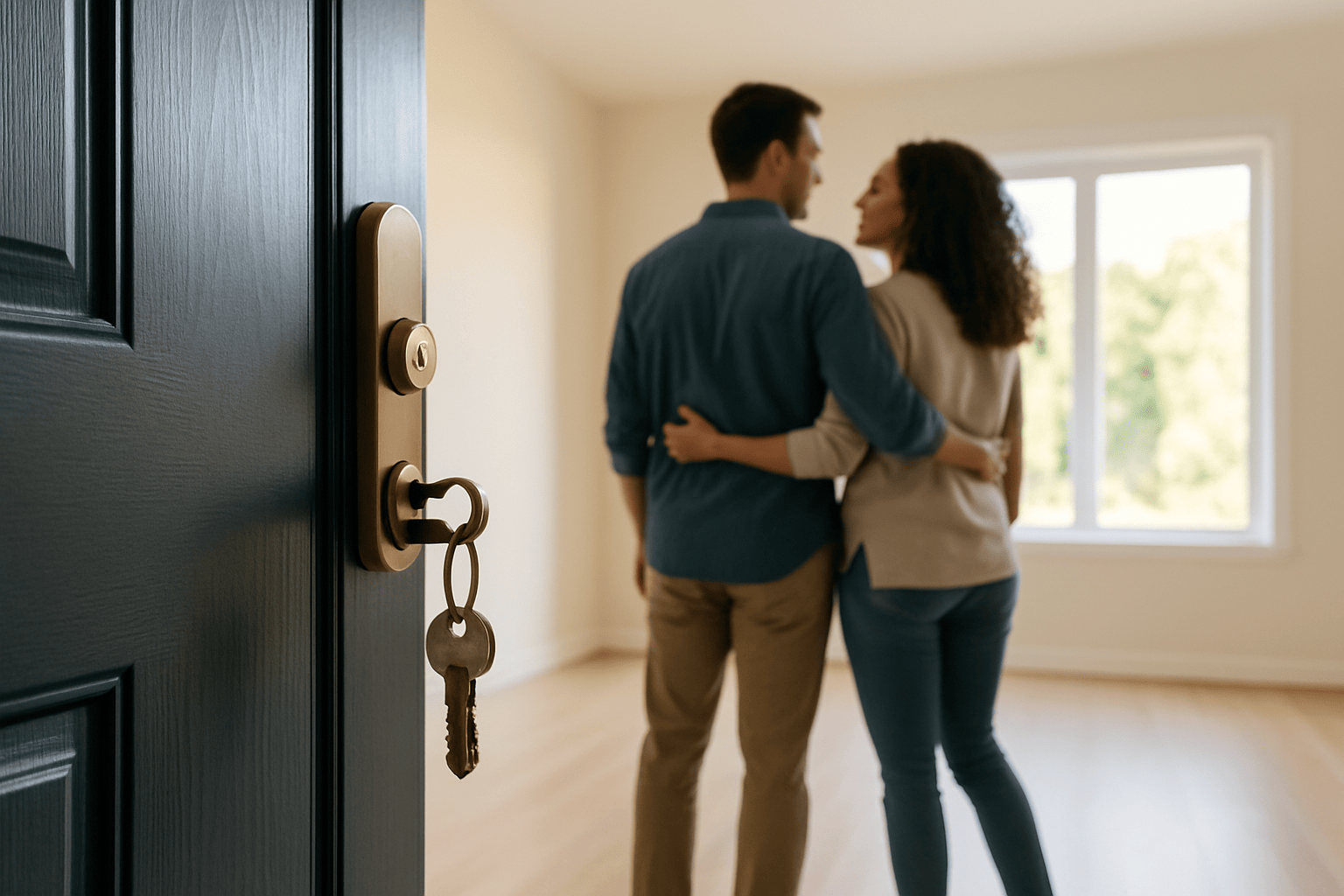
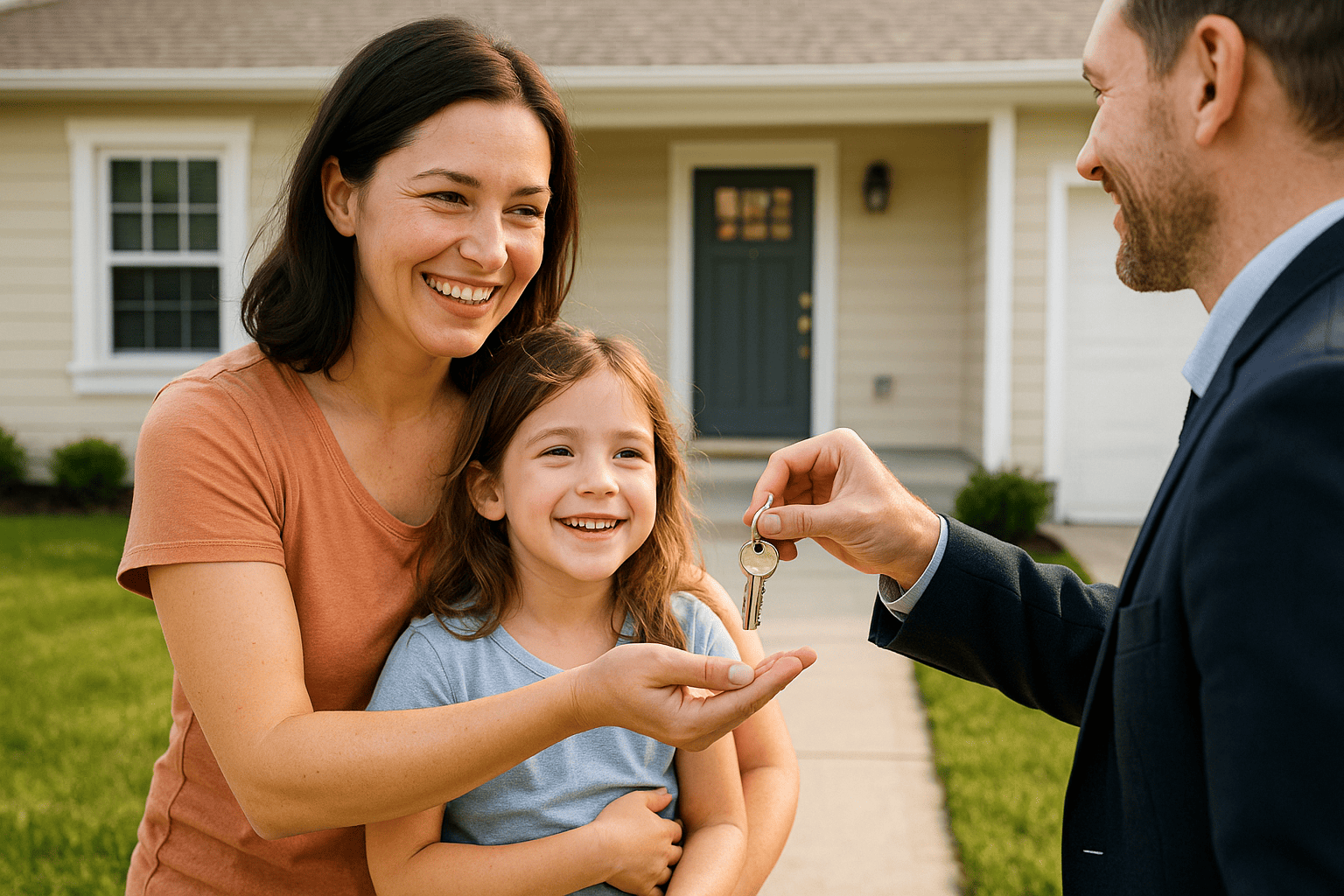


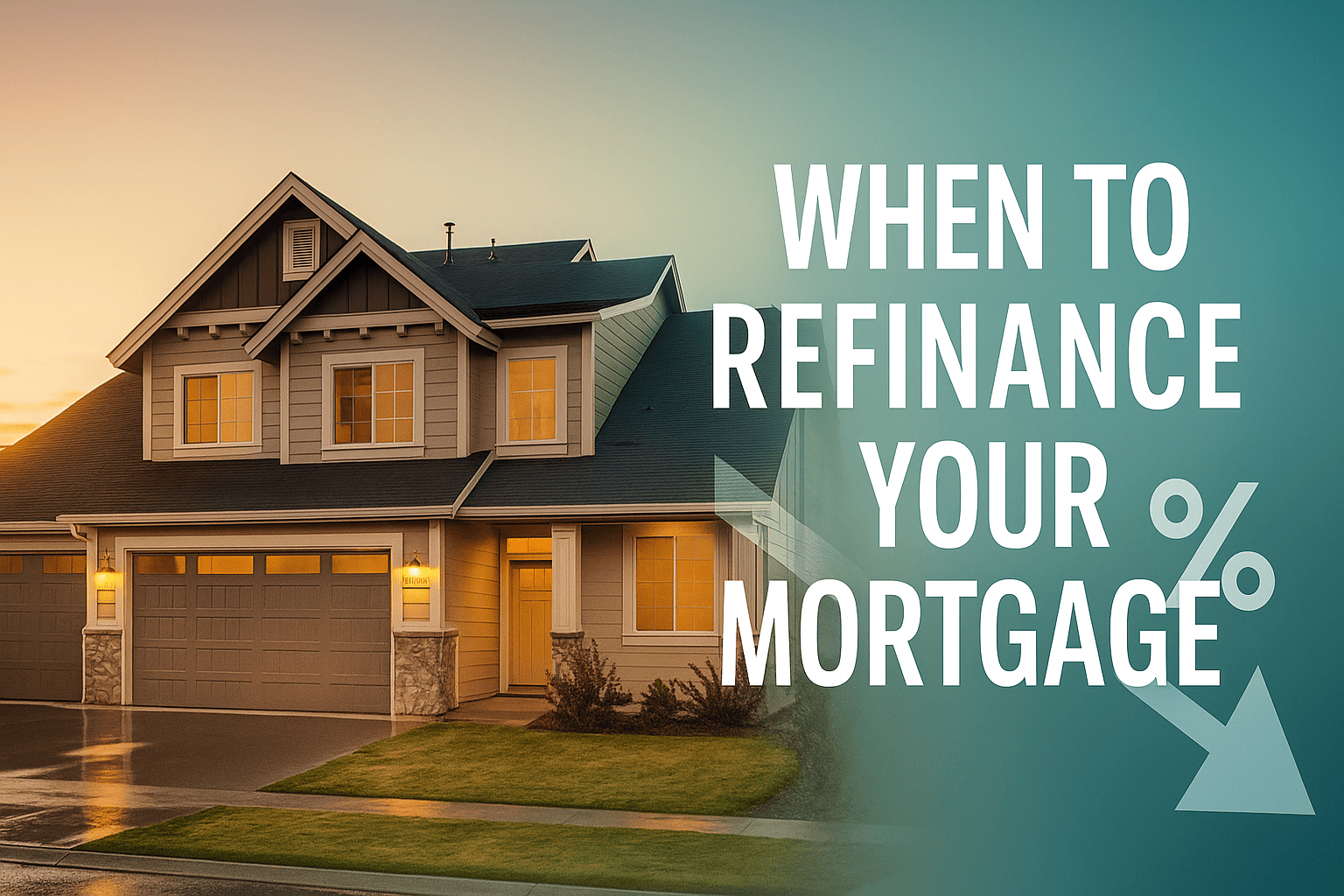
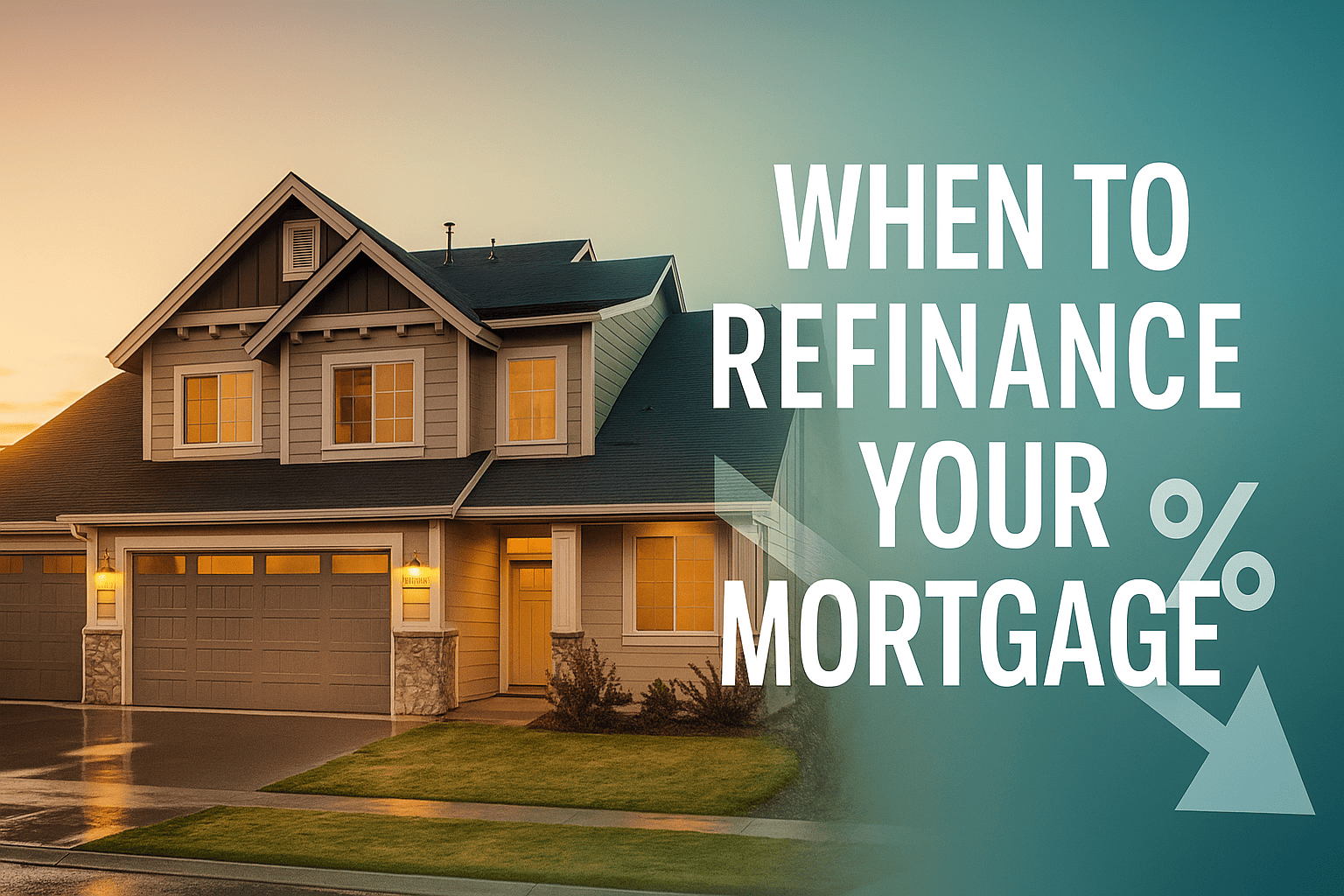


 Profile
Profile Password
Password Saved Properties
Saved Properties Sign Out
Sign Out
 +0.01
+0.01
 -0.15
-0.15

